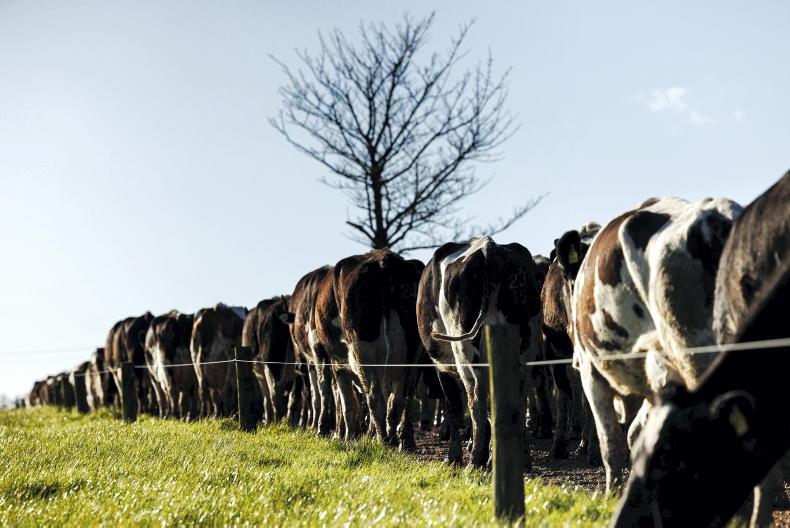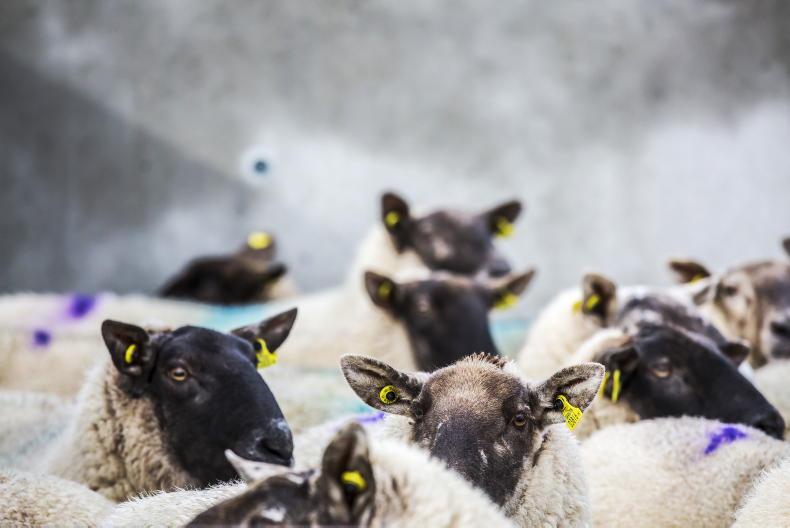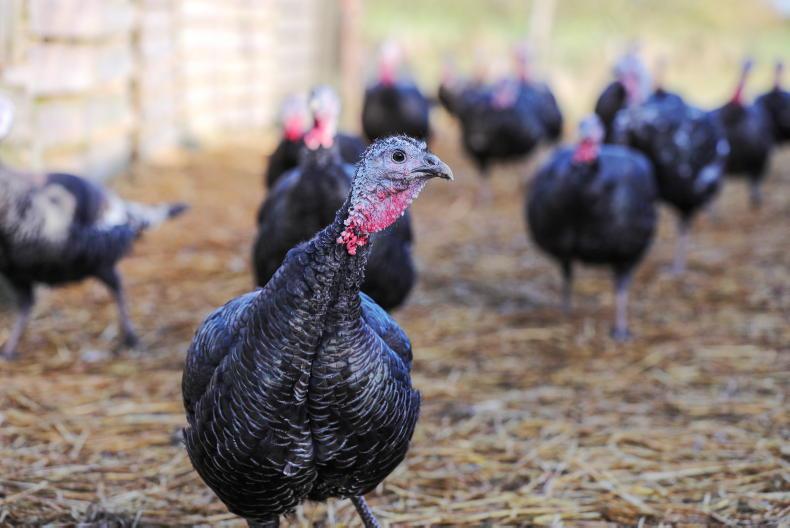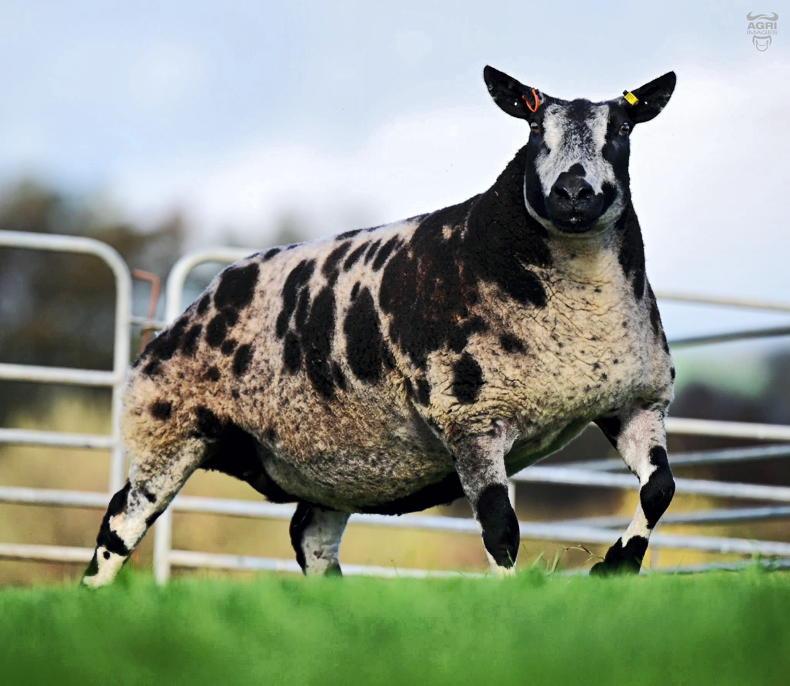There has been a 16.3% increase in the national sheep flock since 2010, according to the Census of Agriculture for 2020.
There were 4,745,400 sheep recorded in Ireland in 2010. This had increased by 774,800, to 5,520,200 by the end of 2020.
However, growth in the sheep sector in recent years follows almost two previous decades of decline where sheep numbers fell from 8,888,200 in 1991 to 7,555,000 in 2010, a drop of 47%.
Sheep farms
A similar downward trend was seen in the number of farms with sheep between 1991 and 2010, falling from 54,852 to 32,111 respectively.
However, census figures now reveal more farmers are returning to sheep with an increase to 35,505 farmers holding sheep on their lands in 2020, an increase of almost 11% over the last decade.
Co Donegal remains the county with the most sheep, with just over 6,000 farms and 750,000 sheep in 2020.
There were just 247 sheep farmers in Limerick in 2020
Mayo had just below 5,000 farms and Galway had just above 4,000 farms in 2020, with 630,000 and 600,000 sheep respectively.
Elsewhere, low-lying, traditionally beef and dairy counties continue to have very low sheep numbers.
There were just 247 sheep farmers in Limerick in 2020 holding 34,141 sheep.
In Kilkenny, 507 sheep farmers ran 98,026 sheep in the same year, almost 100,000 less head than its neighbour, Co Wexford with 197,314.
Average flock size
Larger average sheep flocks were observed in the east and midlands.
Wicklow (243), Waterford (241), Kildare (237) and Meath (226) had average sheep flocks of over 220 sheep.
In counties with traditionally hill farms, average flock size was lower. This included Donegal (125), Mayo (128) and Kerry (191).
Co Clare sheep farmers ran the lowest average number of sheep each over 2020, at 69 animals per flock.
Read more
Sheep farming in 2022: bumpier road but still plenty of positives
There has been a 16.3% increase in the national sheep flock since 2010, according to the Census of Agriculture for 2020.
There were 4,745,400 sheep recorded in Ireland in 2010. This had increased by 774,800, to 5,520,200 by the end of 2020.
However, growth in the sheep sector in recent years follows almost two previous decades of decline where sheep numbers fell from 8,888,200 in 1991 to 7,555,000 in 2010, a drop of 47%.
Sheep farms
A similar downward trend was seen in the number of farms with sheep between 1991 and 2010, falling from 54,852 to 32,111 respectively.
However, census figures now reveal more farmers are returning to sheep with an increase to 35,505 farmers holding sheep on their lands in 2020, an increase of almost 11% over the last decade.
Co Donegal remains the county with the most sheep, with just over 6,000 farms and 750,000 sheep in 2020.
There were just 247 sheep farmers in Limerick in 2020
Mayo had just below 5,000 farms and Galway had just above 4,000 farms in 2020, with 630,000 and 600,000 sheep respectively.
Elsewhere, low-lying, traditionally beef and dairy counties continue to have very low sheep numbers.
There were just 247 sheep farmers in Limerick in 2020 holding 34,141 sheep.
In Kilkenny, 507 sheep farmers ran 98,026 sheep in the same year, almost 100,000 less head than its neighbour, Co Wexford with 197,314.
Average flock size
Larger average sheep flocks were observed in the east and midlands.
Wicklow (243), Waterford (241), Kildare (237) and Meath (226) had average sheep flocks of over 220 sheep.
In counties with traditionally hill farms, average flock size was lower. This included Donegal (125), Mayo (128) and Kerry (191).
Co Clare sheep farmers ran the lowest average number of sheep each over 2020, at 69 animals per flock.
Read more
Sheep farming in 2022: bumpier road but still plenty of positives









SHARING OPTIONS